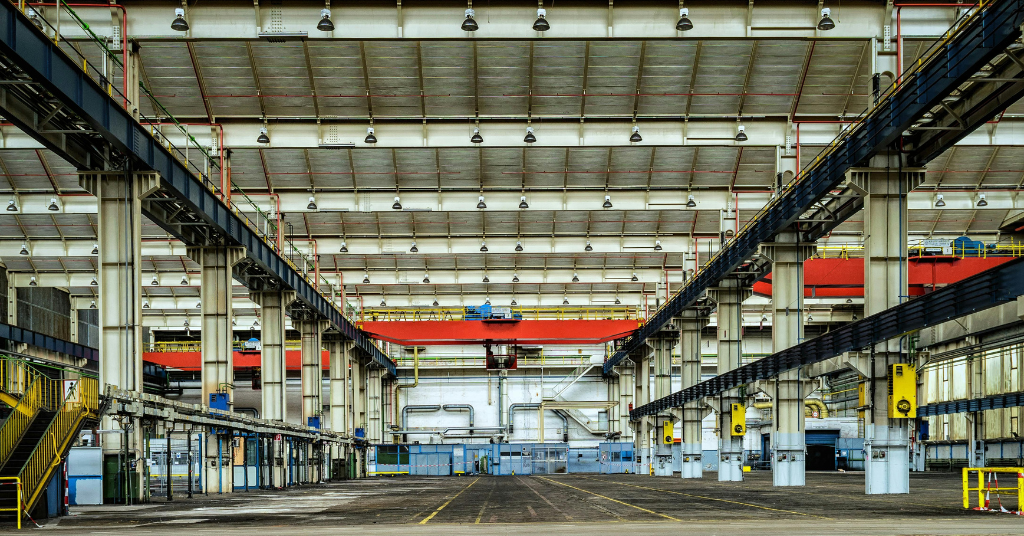Microplastics, tiny plastic particles less than 5 millimeters in size, have become an insidious environmental threat. Found in oceans, rivers, and even in the air we breathe, these particles are pervasive, posing significant risks to wildlife and human health.
What Are Microplastics?
Microplastics come from two main sources:
- Primary Microplastics:These are intentionally manufactured small particles used in products like cosmetics, toothpaste, and industrial scrubbers.
- Secondary Microplastics:These originate from larger plastic debris that breaks down into smaller pieces due to environmental factors like sunlight, wind, and wave action.
Microplastics are alarmingly prevalent in our everyday environment. Here are some common sources:
- Personal Care Products
– Exfoliating scrubs: Many facial and body scrubs contain microbeads, tiny plastic beads designed to exfoliate the skin. These microbeads are washed down the drain and often escape water treatment facilities, ending up in rivers and oceans.
– Toothpaste: Some toothpaste brands include microplastics for abrasive purposes. Every time you brush your teeth, these particles are rinsed away into the water system.
2.Synthetic Clothing
– Laundry: When washing synthetic fabrics like polyester, nylon, and acrylic, tiny fibers break off and enter the water supply. A single load of laundry can release hundreds of thousands of microfibers, which are too small to be fully filtered out by wastewater treatment plants.
- Food and Beverages
– Seafood:Microplastics have been found in various seafood products, as marine creatures often ingest plastic debris. When we consume seafood, we also ingest these microplastics.
– Bottled water: Studies have shown that bottled water contains microplastic particles, often as a result of the packaging process and the degradation of the plastic bottles themselves.
- Household Dust
– Indoor environment:Microplastics are present in household dust, stemming from a variety of sources such as shedding from synthetic textiles, plastic packaging, and everyday wear and tear of plastic items. These particles can be inhaled or ingested as they settle on food and surfaces.
Tip: You can use an app to help you find microplastic-free cosmetics. Apps such as Beat the Microbead or CodeCheck provide detailed ingredient information after scanning products.
The Impact of Microplastics
The widespread presence of microplastics poses numerous environmental and health risks:
– Marine life: Microplastics are ingested by marine organisms, leading to physical harm, reproductive issues, and even death. These plastics can also accumulate in the food chain, affecting larger predators, including humans.
– Human health:The long-term health effects of microplastic ingestion are still being studied, but potential risks include exposure to harmful chemicals used in plastics and physical damage from the particles themselves.
Reducing Microplastic Pollution
While microplastics are ubiquitous, there are steps we can take to mitigate their impact:
- Choose Plastic-Free Products:
– Opt for personal care products that do not contain microbeads. Look for certifications and labels indicating the absence of microplastics.
– Select natural fiber clothing and reduce the frequency of washing synthetic fabrics. Use laundry bags designed to catch microfibers.
– Minimize the use of single-use plastics, such as bottles, straws, and packaging. Choose reusable alternatives whenever possible.
– Support products with sustainable packaging and advocate for companies to reduce plastic use.
Microplastics are a hidden but significant environmental issue that affects ecosystems and human health. By becoming more aware of the sources of microplastics in our everyday lives and taking steps to reduce their presence, we can help mitigate this growing problem. Every small action contributes to a larger impact, leading us toward a cleaner, healthier planet.
Sources and references:
https://education.nationalgeographic.org/resource/microplastics
https://www.britannica.com/technology/microplastic
https://www.clientearth.org/latest/news/microplastics-what-are-they-and-why-are-they-a-problem/




